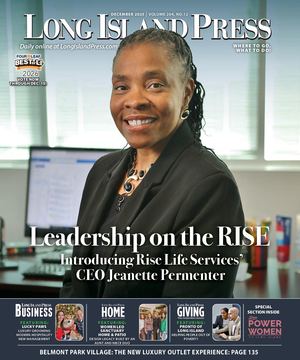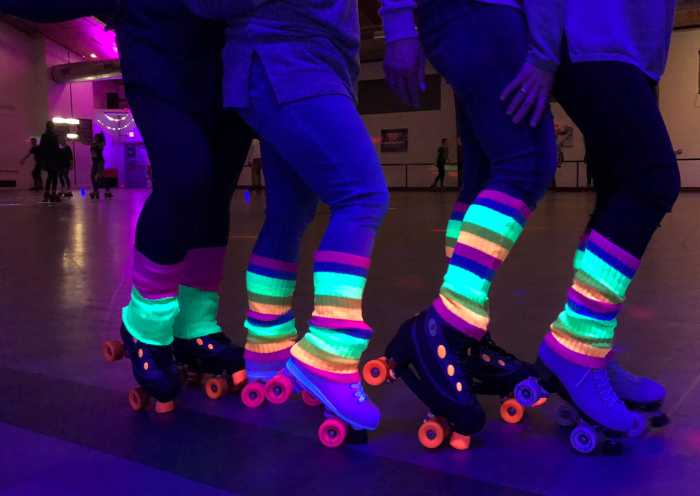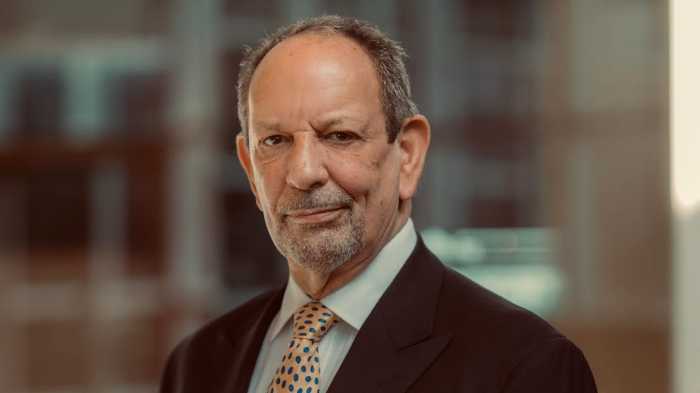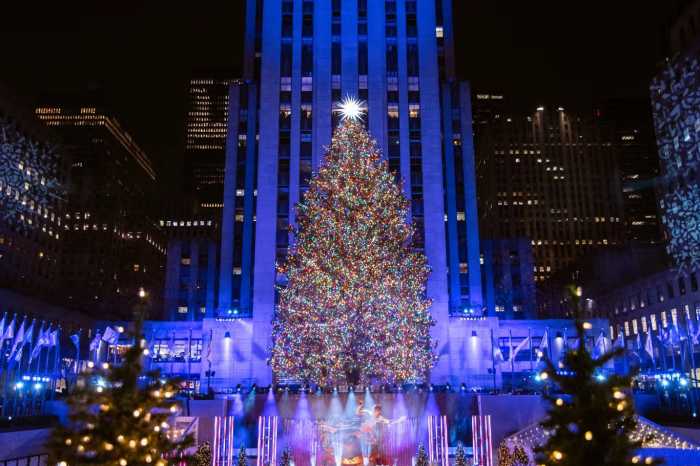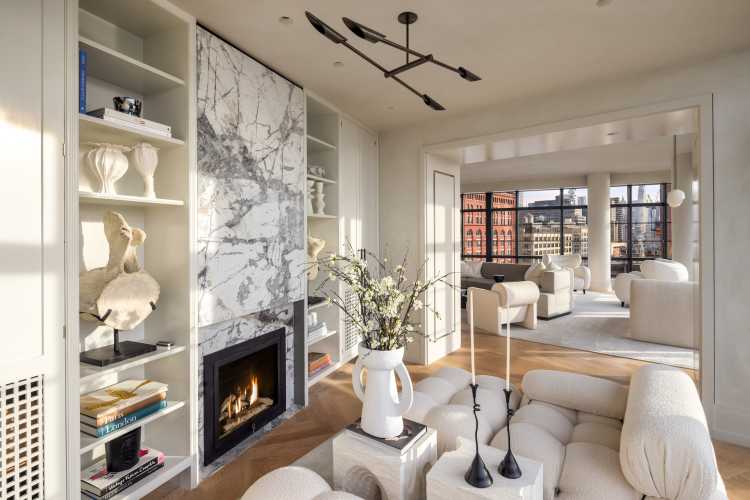By Karen Rubin, Travel Features Syndicate, goingplacesfarandnear.com
The War Remnants Museum in Ho Chi Minh City (Saigon) evokes profound shame of the horrors inflicted in our name during the Vietnam War.
The museum is housed in what used to be the US military’s intelligence headquarters during the Vietnam War and was originally known as the “Museum of Chinese and American War Crimes”.

Now one of the most visited museums in Vietnam, the War Remnants Museum attracts 500,000 visitors every year, of whom two-thirds are foreigners. That is apparent during our visit, as well.
Exhibits relate the history of American involvement in the Second Indochina War, which began when France returned to re-colonialize Vietnam in 1946. I still do not understand how or why the US took over France’s fight (the US started direct involvement in 1950), but the displays discuss America’s anti-Communist obsession with the Domino Theory (that Indochina would come under control of Communist China and/or Russia). But I also learn something new: a display quotes Lyndon B. Johnson saying that America needs access to Vietnam’s “tin and tungsten” (echoing Trump’s insistence on the necessity of taking Greenland’s rare earth metals).

The exhibits are detailed, emotional and intense – the most stirring being the photos by photojournalists for magazines and newspapers including Life Magazine. Most affecting is a kind of shrine dozens of journalists and photographers who were killed on the field of battle in their effort to bring news of what was happening there to the world.

The photos are presented in an extraordinary way: showing the photo, then providing notes about the background, the context of the image, and the photographer. Among them is the famous Pulitzer-prize winning photo of “Napalm Girl,” a naked child whose clothes have been burned off her body by napalm, which had profound impact on influencing public opinion (this was the first war that came into family’s living rooms each night). The photos then and now are chilling, but today, they properly evoke shame and wonder why there has never been accountability for war crimes.

A moving display addresses American war crimes (dumping Agent Orange, napalm and phosphorous, bombing villages). This includes great detail – even the stone well – of the war crimes committed and later admitted to by Bob Kerrey, a Navy Seal who became a U.S. Senator (not to be confused with John Kerry who gave Senate testimony decrying the war). There is a display that shows the impact, even generations later, of these chemical weapons on the Vietnamese, and even progeny of American soldiers. (Along Vietnam’s modern highways, we have visited stunning craft enters – subsidized for-profit enterprises – that employ disabled who embroider, paint, carve.)
Another exhibit pays homage to the peace movements that were underway.
What I don’t see in the museum is any mention of Nixon sabotaging LBJ’s peace deal in 1968 to win election. (At the LBJ Library in Austin, you can hear LBJ’s phone call to Senator Dirkson saying Nixon’s back-channel promises to South Vietnam President Nguyen Van Thieu of a better deal when he became president, was treasonous, but Johnson couldn’t publicize it because it would have revealed US spying). Think of it: the Vietnam War could have ended in 1968, the most deadly year of the entire war. Fighting between 1968 and 1975 when the war finally ended (the 50th anniversary commemorated throughout Vietnam this year) meant 40,000 more American soldiers were killed (a total of 58,000 Americans died in Vietnam and countless thousands injured); for the Vietnamese, it meant 1.5 million more deaths (3 million Vietnamese died, of whom 2 million were civilians, plus 2 million injured and 300,000 listed as missing).

I ask our Discovery Bicycle Tours guide Phong, whose father fought for the North Vietnamese on the Ho Chi Minh Trail, if he knew about the possible peace deal, and he said no, but our local Saigon guide, Li, whose father fought for the South, was aware (I guess informed by an American veteran or tourist he guided). The most despicable realization about the Vietnam tragedy is that it was all political, having little or nothing to do with the claimed “national security.”
It doesn’t feel like propaganda because what we see rings true to what I remember, only here the evidence is concentrated in one place, a damning indictment. (See: On 50th Anniversary of Fall of Saigon, the Lessons from Vietnam Unlearned).
I visited this museum five years ago, when I was similarly overcome. But now that I have seen countryside and people, I see these photos differently, more in context. The faces in the photos were real people who you see in the faces of the people today.
And what has been most revelatory during our time here in Vietnam, is that Americans are well received, welcomed. As our guide Phong has said, “We are a Buddhist country. We do not look to the past; we look to the future.”
This is what travel is about: see for yourself, engage with people, and bring those revelations, insights, lessons and first-hand experiences home.
We actually weren’t supposed to visit the War Remnants Museum. Our Day 10 Discovery Bicycle Tours itinerary would have us visit the Reunification Palace – the former Presidential Palace, renamed to commemorate the April 30, 1975 victory of President Ho Chi Minh’s forces. But by the time we finish lunch (after having flown from Hoi An), there is not enough time to visit the Palace, so instead, we visit the War Remnants Museum. But this is such an important museum that should not be missed, I would have visited on my own on my last day.
Leaving the museum, our sightseeing continues.
The first thing you notice about Ho Chi Minh City is the traffic. If we thought the traffic in Hanoi was intense, the traffic in Ho Chi Minh City is multiples of that – it is an act of courage (almost an adventure or sport) just to cross the street.

You just cannot fathom the amount of traffic, with scooters zipping by every which way (there are buses and cars, too, but not nearly as many), and somehow they manage this complex choreography. But to the extent there are traffic signals, they are extremely sophisticated, with seconds counting down and turning arrows. Trouble is, they mainly control motorized traffic and there aren’t enough of them. Pedestrians have to just assert themselves. (Mercifully, Discovery Bicycle Tours has no plan for us to bike within Saigon; we will be taken out to the countryside.)

The traffic is actually an attraction. Looking through the window from the safe perch of our bus, we enjoy trying to spot families of three, four, even five on a motor bike, or some interesting thing that is being transported like 12-foot long piping or wide/high stacks, and looking for creative expressions of individuality in helmets. There are even bike helmets for the cellphones but rarely for children, our local guide, Li, tells us (and he isn’t just joking).

People on their scooters, smile, wave and flash V signs to us when they notice us watching with fascination and admiration.
Also interesting is the equivalent of an Uber service via motor scooter.
Our local guide, Li, tells us the city’s first subway opened just 2 months earlier – another sign of Vietnam’s peace and prosperity (I make a plan to see it). It extends 25 km east of city and there are plans to build a second line to go 25 km to the west. There is also some thought to a bullet train to replace the “express train” to Hanoi that takes 32 hours.
Another indication of the economic development of Vietnam is that they are building a new international airport 40 km away – the present one will used for the military.
There is lots of Western influence here – Ho Chi Minh City is Vietnam’s largest city and its commercial capital, and had been under French and Western control for more than a century. It seems very much an international city.


We next visit the famous Ho Chi Minh City Central Post Office, unchanged since it was built in the French style in the 1880s. I had bought some really decorative cards in the night market in Hue and delight in sending them off with special stamps and post mark, racing to complete the task as the rest of the group waits. (I have a tradition of mailing cards home from where I travel.)


For dinner, we get to experience Saigon’s famous street food – we are taken by bus to Ho Thi Ky Flowers and Foods Street, a popular district for street food, and Li leads us from one stall to another. We sit at the child-sized plastic tables and chairs and sample all these delights.


The food is marvelous – in fact, we’ve enjoyed excellent meals at all the restaurants we have visited but this experience adds extra zest of the ambiance. We get to try some unusual, local foods, too.


Li dares us to try the “stinky Vietnamese fruit,” Durian, a spiky, custard-like fruit known for its pungent, almost overpowering odor (a fruit equivalent to Limburger cheese), yet considered a delicacy in Southeast Asia and stuffed snails. (It’s horrible.)


It’s like a giant block party as we make our way through the narrow streets.
When we return to the Majestic Hotel, several of us go up to its gorgeous rooftop bar with stunning views of the river and the street activity.





The Majestic is an elegant five-star, French-style hotel which first opened in 1925, built by the richest Chinese businessman in Saigon at the time, Bui Hon Hoa. Over the past century, it has been expanded and renovated and in 2007 became the first Vietnamese-managed hotel to earn five-star status. It has a stunning outdoor pool, a gorgeous restaurant where we enjoy breakfast, a beautiful lobby lounge.

I head out to (carefully) cross the street to a long park which lets you promenade up to the City Hall, a stunning building from the Colonial French era, enjoying the activity of families out and about enjoying the evening and some street entertainers.
Biking, Cruising in the Mekong Delta

Our last full day in Vietnam is spent biking but mercifully, not in the city. Instead, we are bused 2 ½ hours to the Mekong Delta countryside. Our 20-mile bike route takes us through villages, rice paddies, orchards.

We stop into a place that collects coconuts for distribution and we get to drink the coconut juice, while our rest stop affords a few of us to hang out in hammocks.
We come to Mr. Kiet’s Ancient House, a faithfully restored upper-class 1838 home with intricately carved wooden archways and doors and antique furnishings, many with luminescent inlaid nacre. Recognized by UNESCO as a World Cultural Heritage site, the home is still occupied by Mr. Kiet’s widow who operates a small restaurant in the orchard garden, where we have a most delightful lunch.


Finishing our bike ride, we board a boat for a short cruise along the Mekong River, stop into a factory that makes candy from rice (like popcorn!), and have another ride in a traditional boat.


I frankly would have preferred this last day be spent biking and visiting the Cu Chi Tunnels, which would add to understanding the Vietnam War. I had visited five years ago when I was last in Saigon (on a Global Scavenger Hunt), and found it extremely moving and frankly a unique experience.

The Củ Chi Tunnels was the Viet Cong’s base for the Tet Offensive in 1968. The site has 120 km of underground tunnels with trapdoors, living areas, storage facilities, armory, hospitals, and command centers, and were used going back to 1948 against the French, and later against the Americans.

You actually climb into the tunnels (there are different length routes you can take, especially if you are claustrophobic) and guides re-create how the Viet Cong lived there. In the visitor center, you can archival film of battles and bombings in the place where it happened. (See: HO CHI MINH CITY, VIETNAM: TRADITIONS SURVIVE IN MODERN CITY, AS DOES RECKONING WITH PAST)
(Some of our group have a late-enough flight the next day that they have organized a private tour. I would recommend you extend your stay to have this experience if it is not included in the itinerary. You can arrange one of the many sightseeing trips available through the Majestic Hotel’s concierge).
A Day to Leisurely Explore
Discovery Bicycle Tours has arranged a late check out at the Majestic Hotel to accommodate our late-afternoon and early evening flights.
I luxuriate with a leisurely breakfast in the Majestic’s lovely rooftop restaurant, go for a swim in the hotel’s gorgeous pool, then go out to explore. (Had we not already visited the War Remnants Museum, this is when I would have.)
I head out to walk to the famous historic Ben Thanh Market, considered a “must-see.”
Ho Chi Minh City just opened its first subway, so when I come upon a station, I go down to explore–I find it unadorned, totally functional.
I had hoped to visit the synagogue that I had visited five years ago, but am unable to find it (it apparently is now a Chabad; there are three other synagogues in Vietnam: in Hanoi, Hoi An and Sapa).
Instead, I stop in to the Rehahn Gallery. It is very different from the Precious Museum & Gallery in his hometown of Hoi An but another chance to admire these spectacular photographs. There is a marvelous video which describes a bit of his process. It is just a couple of blocks from the Majestic Hotel, and close to the Opera and the Post Office.
Get the required visa at Vietnam’s website (evisa.gov.vn), where the fee is $25 (if you use a visa service it costs something like $197), but give yourself enough time to get the confirmation.
It is recommended you purchase travel insurance – especially for the medical and evacuation coverage. You can check a site like travelinsurance.com to get recommendations.
To see more about the Vietnam Adventure Cultural Bike Tour Experience visit: https://discoverybicycletours.com/12-day-vietnam-adventure-cultural-bike-tour-experience/.
Discovery Bicycle Tours – which has joined Austin Adventures, a Montana-based North America National Parks small group tour company under the umbrella ownership of Active Adventures, a New Zealand-based small group adventure travel company – is adding 10 new tours for 2026 to its collection of 58 tours across 15 countries (repeat guests discount of 5%). Among the new tours: Vermont Rail Trails Bike Tour; Prince Edward Island Bike Tour; Amsterdam to Bruges Bike & Barge; and San Juan Islands & Olympic National Park Bike Tour
Discovery Bicycle Tours, 2520 W. Woodstock Rd., Woodstock, VT 05091, 800-257-2226, 802- 457-3553, info@discoverybicycletours.com, www.discoverybicycletours.com
__________________
© 2025 Travel Features Syndicate, a division of Workstyles, Inc. All rights reserved. Visit goingplacesfarandnear.com and travelwritersmagazine.com/TravelFeaturesSyndicate/. Blogging at goingplacesnearandfar.wordpress.com and moralcompasstravel.info. Visit instagram.com/going_places_far_and_near and instagram.com/bigbackpacktraveler/ Send comments or questions to FamTravLtr@aol.com. Bluesky: @newsphotosfeatures.bsky.social X: @TravelFeatures Threads: @news_and_photo_features ‘Like’ us at facebook.com/NewsPhotoFeatures
